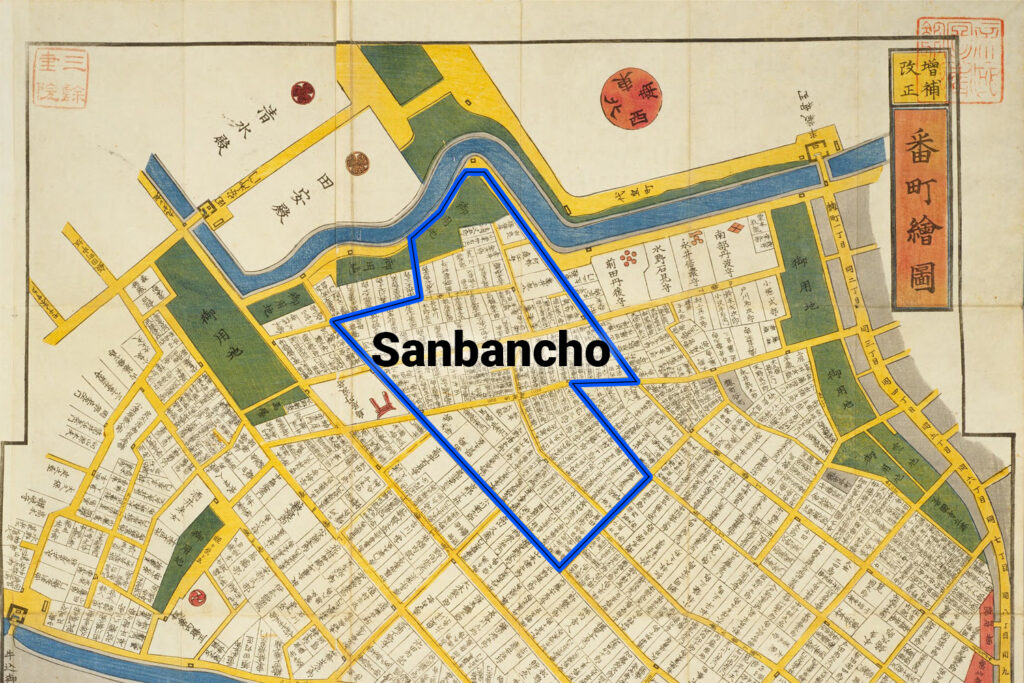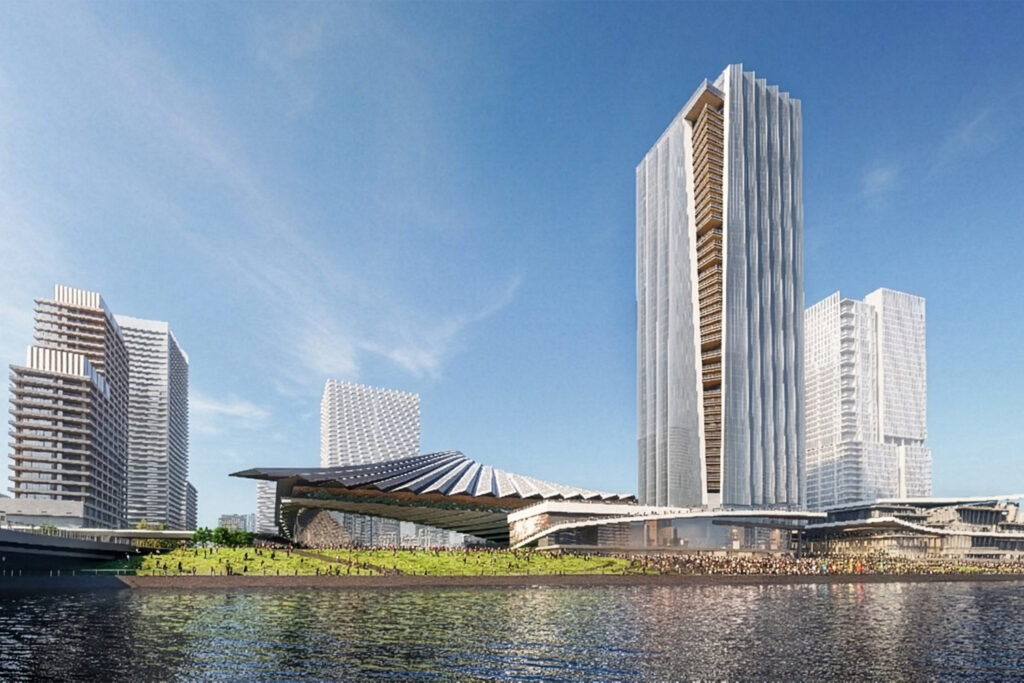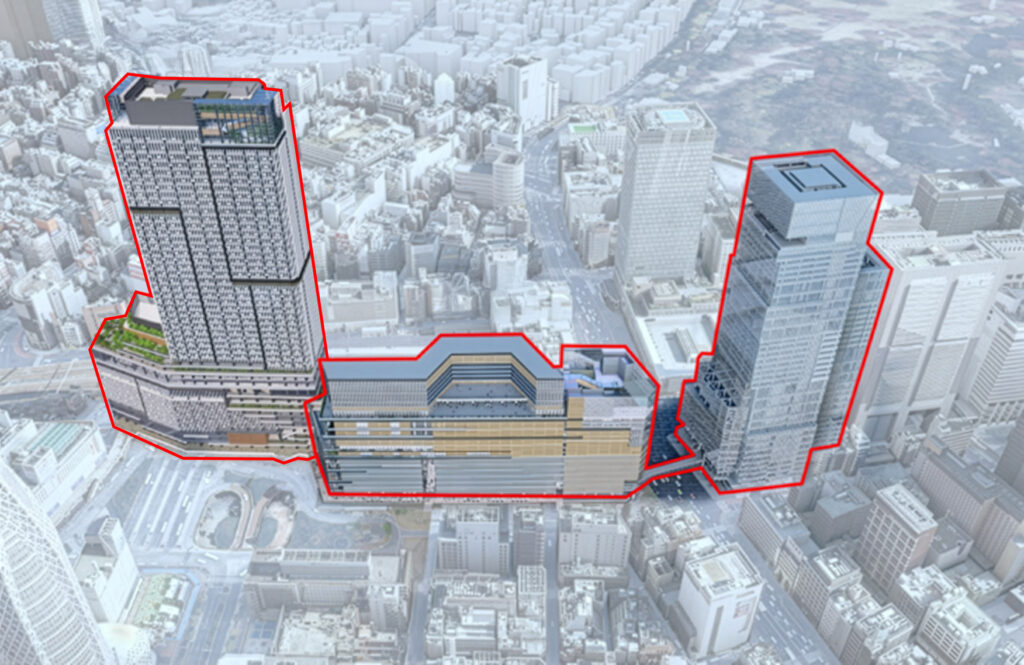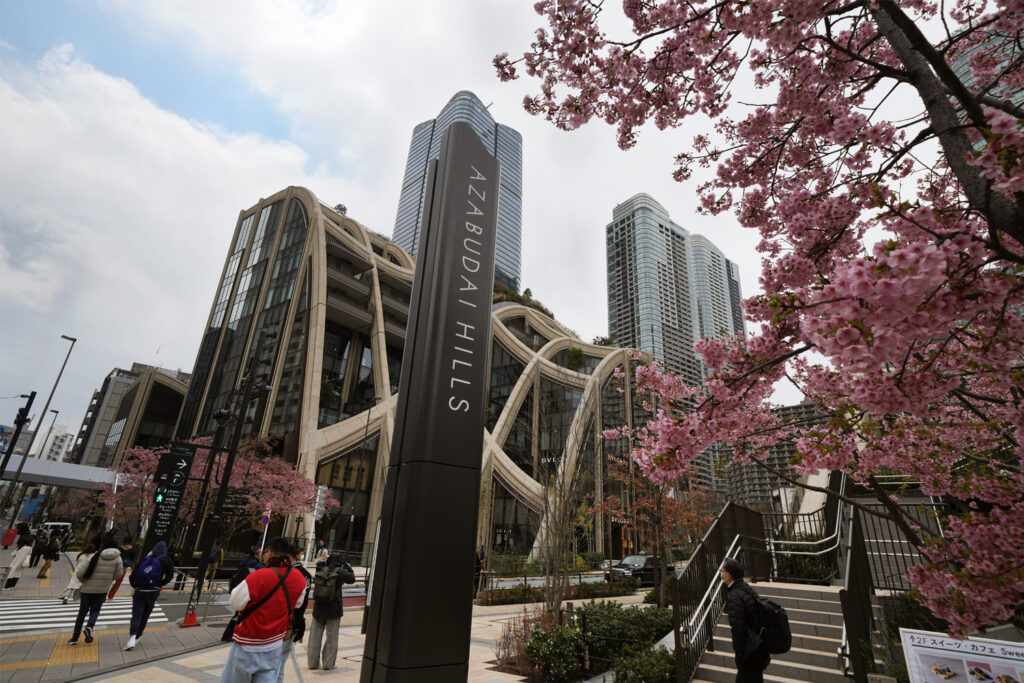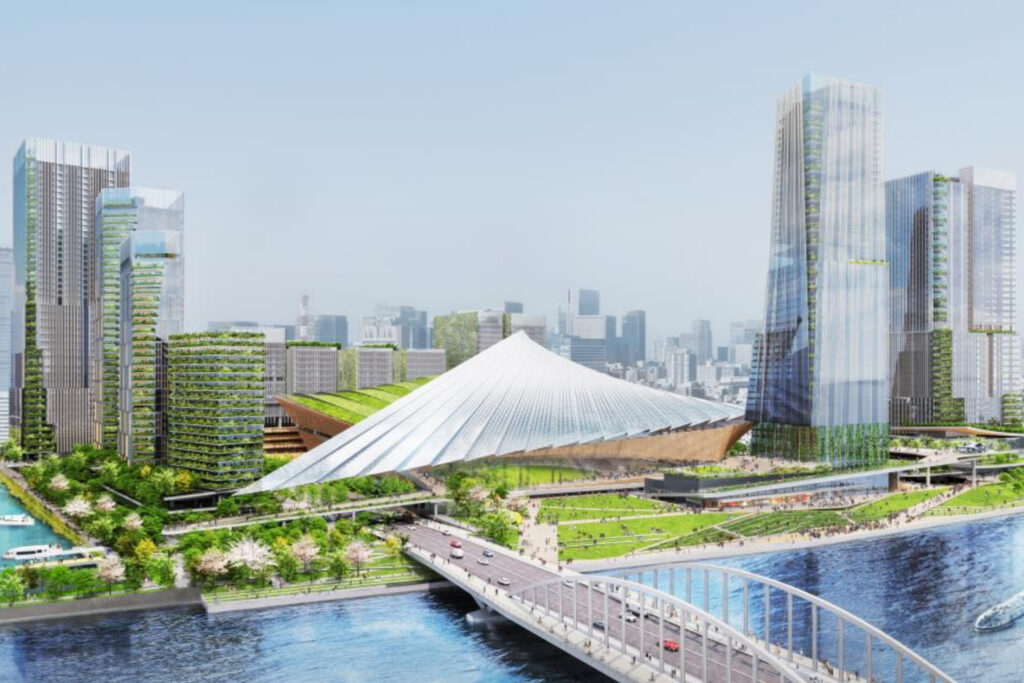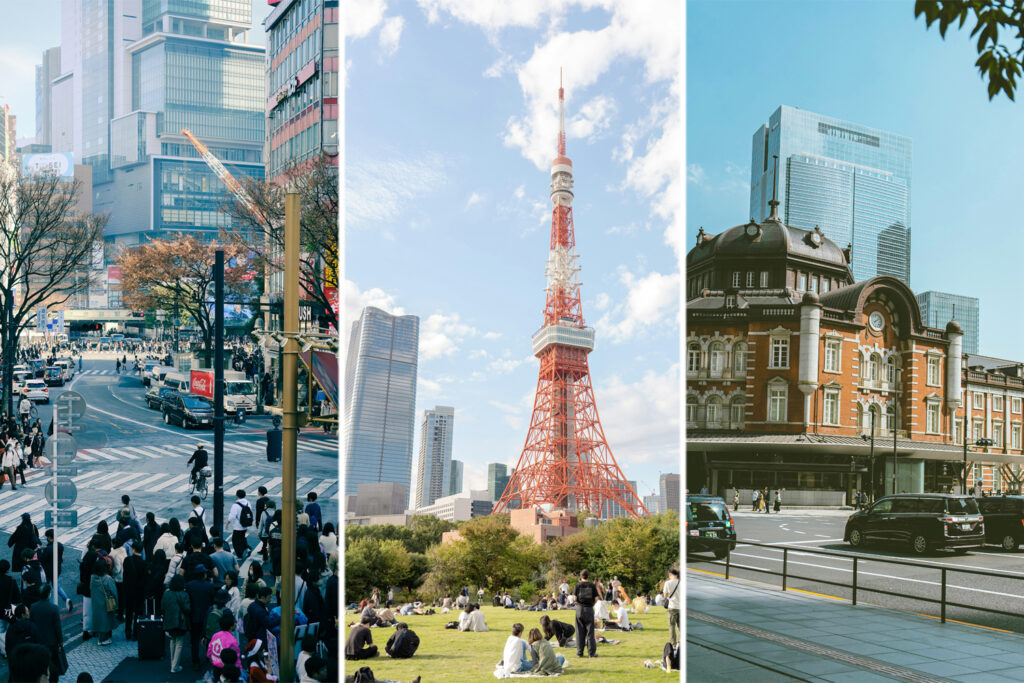This article was originally published in Housing Japan Magazine, Spring 2020 edition.
Something old, something new: the architectural highlights of the Tokyo 2020 Olympic venues

In late March, the decision to postpone the Tokyo Olympics was taken. The XXXII Olympiad is now set to open on 23 July, 2021 and will close on 8 August. The Paralympics commences on 24 August. Its closing ceremony will be on 5 September. Globally, much remains to be overcome between now and then. It is our hope that the world is fit, ready and able to visit Japan next year.
The Games: some facts and figures
- 339 events in 33 sports.
- 50 disciplines.
- 5 new sports (baseball/softball, karate, sport climbing, surfing and skateboarding).
- 11,000+ athletes from 206 nations.
The venues
Of the 33 competition venues in Tokyo, 28 are within 8 kilometres of the Olympic Village. Eleven new venues have been constructed. Venues are split into zones. The Heritage Zone has seven venues for nine sports, located within the central business area of Tokyo, northwest of the Olympic Village. Five are existing venues; some were constructed for the 1964 Games. The Tokyo Bay Zone has 13 venues for 15 sports and is located primarily in the Ariake and Odaiba areas. Outlying venues, as far afield as Izu, Saitama and Fukushima, will hosts sports ranging from sailing and shooting to baseball and cycling. There are seven football venues located across the country, from Tokyo to Sapporo. The Imperial Palace grounds will host walking events.
National Stadium

- Location: Shinjuku Ward
- Architect: Kengo Kuma
- Capacity: 68,000
- Sport: Opening/closing ceremonies, soccer, track and field
The early history of the main stadium project for Tokyo 2020 was beset with controversy. In 2015, after Zaha Hadid’s designs were rejected because of cost and complexity, the Japanese government decided to rebid the site and asked designers to partner with local contractors who could estimate timeframe and cost. Kengo Kuma won in a partnership with several major groups including Taisei Corporation and Toyo Ito. The project broke ground in 2016. Kuma’s timber centrepiece for the Games, despite early criticism, has drawn wide praise for its simplicity and elegance. It was designed as a collection of pieces of wood that are small in diameter. The facade consists of overlapping, multi-layered eaves made of wood from Japan’s 47 prefectures, and the roof features a truss structure that combines steel beams and laminated lumber. Finished in November 2019, eight months ahead of schedule, the stadium was officially unveiled in December.
Olympic Aquatics Center

- Location: Tatsumi-no-Mori Seaside Park, Tokyo
- Architect: Yamashita Sekkei Inc. & Cox Architecture
- Capacity: 15,000
- Sport: Swimming, diving, synchronised swimming
Completed in February, the aquatics centre features a stunning roof and glass facade and is one of the architectural highlights of the Games. It’s also one of the biggest swimming venues on the planet, at 65,500 square metres. At 50 metres long, 25 metres wide and 3 metres deep, the pool is a standard length for Olympic competition, and its design features an adjustable boom and divider, allowing length and depth to be altered. The venue also features a 10m high diving tower.
Ariake Arena
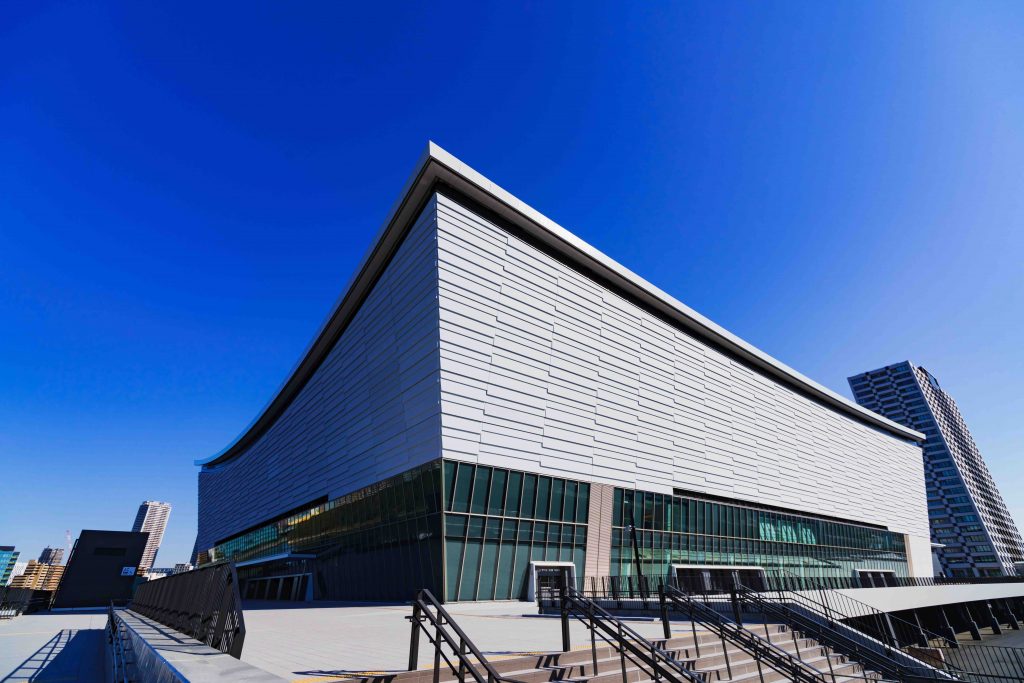
- Location: Ariake, Tokyo
- Architect: Kume Sekkei
- Capacity: 12,000
- Sport: Indoor volleyball
The Ariake Arena was officially opened in February 2020. Present at the official opening was the Japan women’s volleyball team, who took to the court as part of a demonstration match. Erika Araki, middle blocker for the team and a three-time Olympian, commented, “It’s a fabulous arena.” The Ariake Arena is within walking distance of the gymnastics, tennis and BMX venues. As for legacy, the arena will be used as a multi-purpose facility after the Games. Governor of Tokyo Yuriko Koike commented at the inauguration: “This venue is designed to be a versatile venue that can host not only sports but entertainment and other types of events. I hope it will be a venue that will exemplify the legacy of the Games.”



Ariake Gymnastics Centre

- Location: Ariake, Koto Ward
- Architect: Nikken Sekkei
- Capacity: 12,000
Located very close to the Olympic Village, Ariake Gymnastics Centre was completed in October 2019. The area around the new venue was previously used primarily as a lumberyard. This inspired the centre’s design and construction, with architects adopting the concept of “wooden vessels in the bay” and the widespread use of timber in its roof frames, main auditorium and exterior.

Construction of the centre has involved the most intensive use of timber of any of the Games venues. Larch from Nagano and Hokkaido prefectures was sourced to create the 30-metre-wide timber roof, which is one of the largest timber roofs in the world. Cedar from Mie Prefecture was used to craft the spectator benches, with cedar from Shizuoka, Miyazaki and Akita prefectures being deployed to create the large eaves.
Residential luxury at the heart of the Olympic city

The Court Jingu-Gaien is a 23-storey ultra-luxury condominium completed in April 2020. It is part of the Jingu-Gaien redevelopment plan.
This enormous project will span 64.3 hectares, of which one quarter will house mostly buildings related to the Olympics, such as the National Olympic Stadium. The rest will be devoted to parks and greenery, ensuring beautiful and unblocked views.
“Very strong demand is expected for The Court Jingu-Gaien because it is one of few spacious condominiums in central Tokyo, it is located next to the Olympic stadium and its penthouses are designed by Ferrari,” commented Shirley Yan of Housing Japan.
Search for property located close to the new National Stadium – For Sale and For Rent

